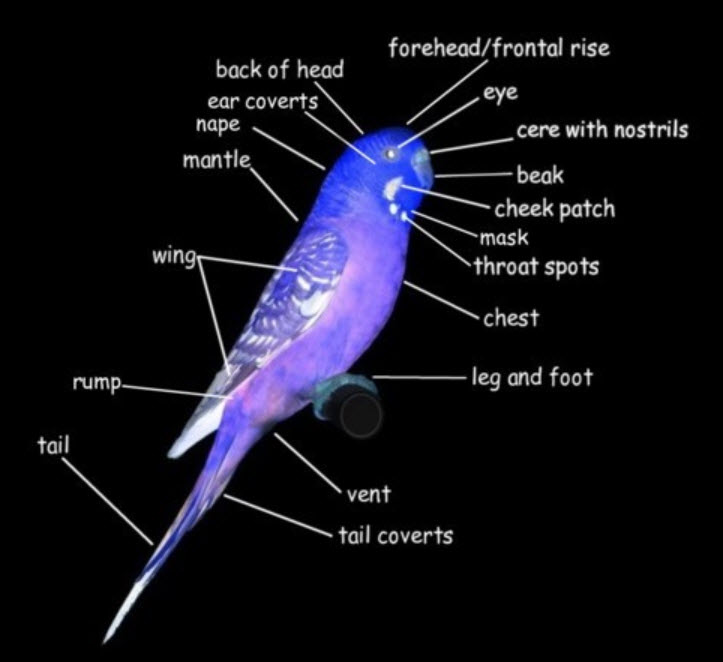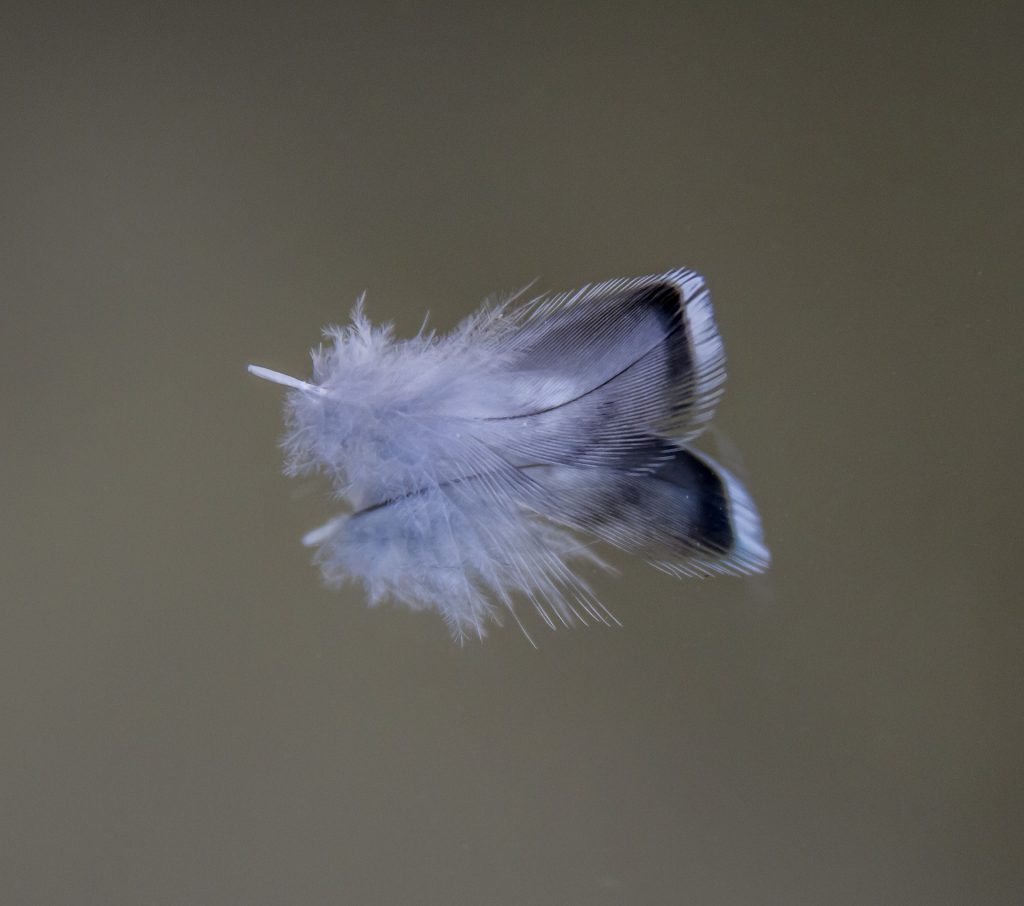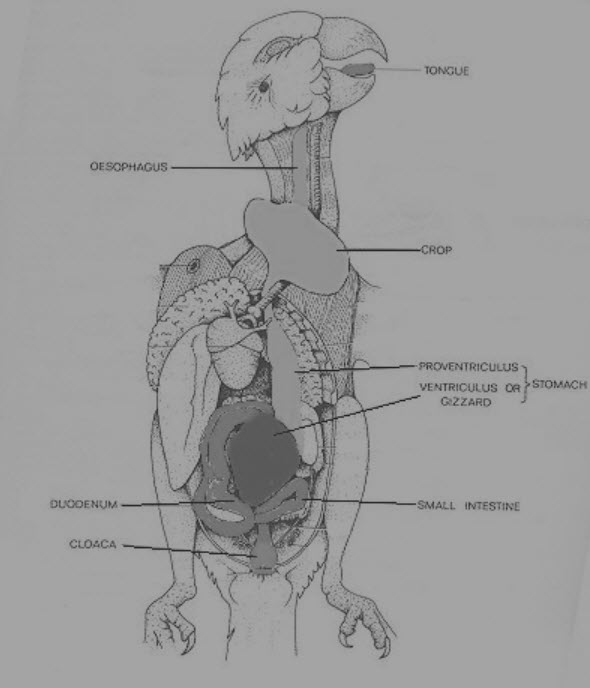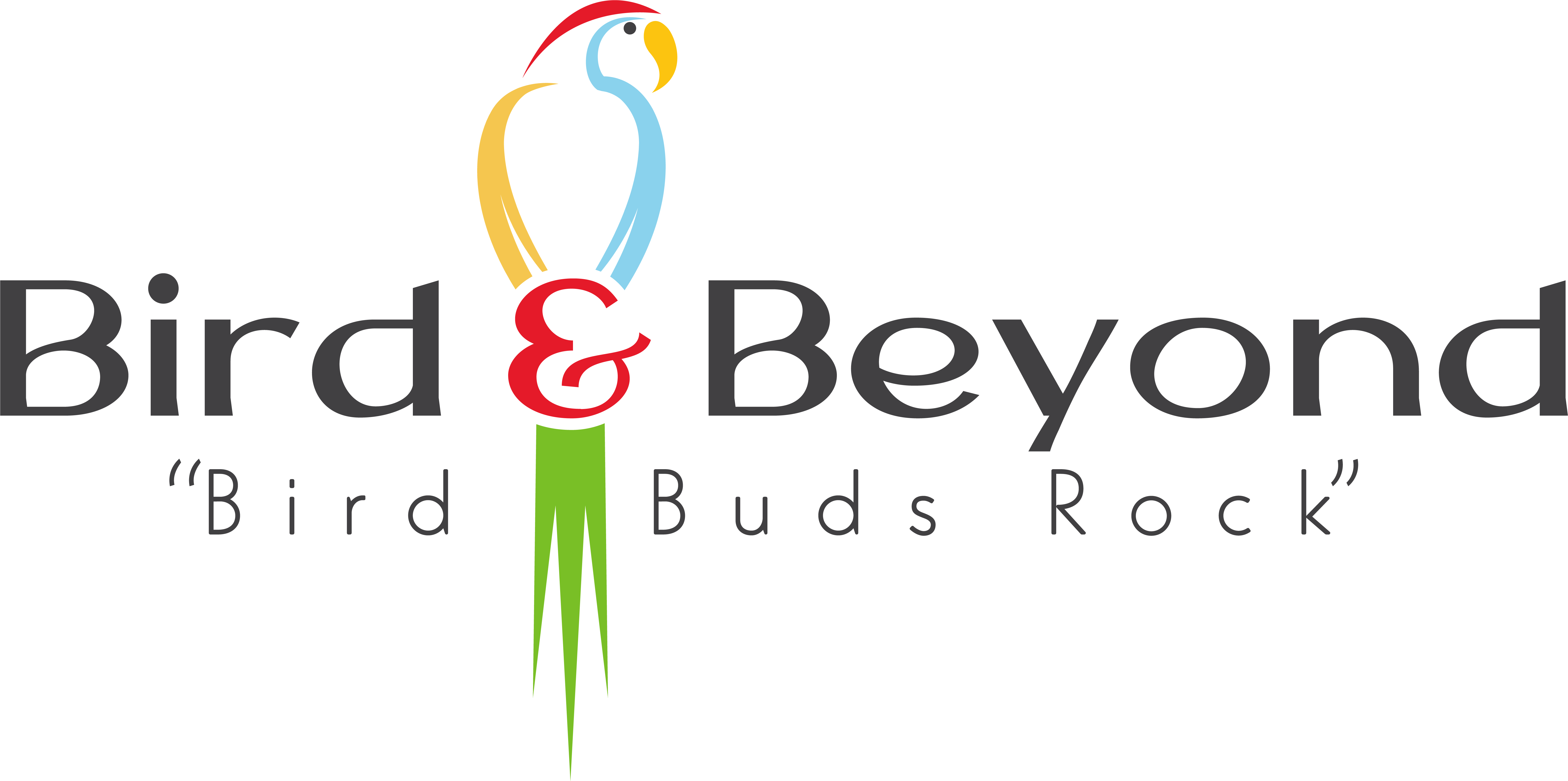
If you are budgie lover.You want to gain your knowledge about budgie anatomy.Then you have come to the right page.This article has every thing you need to know about the budgie antaomy.So here you go!!!!!
Budgie External Body Parts

Beak – Beak is made up of two parts, they are described as upper and lower mandible. The upper mandible is the top part of the beak that you can see most of the time. Budgie is able to move this part.On the other hand the lower mandible is the bottom part of the beak.Budgie is unable to move this part. The beak is made of keratin over bone. The keratin has blood vessels. So we can say it is alive and has feeling.
Cere – Cere is an area of hard skin above the beak. It surrounds the nostrils. In adult budgies, it is normally smooth and blue on males.It is rough and brown on females.However this differ in a couple of varieties.
Cheek patch – Cheek patch is the triangle shaped patch of silver grey or violet feathers below the eye on the budgie cheek.
Ear coverts – They are feathers that cover the budgies ear.
Eye – Budgies eyes have a pupil and an iris . In some types of budgies the pupil appears plum colored or red.And the iris is black which make the budgie appear to have no iris ring.
Feet – Budgies have four toes . This is a feature common in all parrots.
Mantle – It is the area of feathers in a triangle between the top of the budgies wings.
Mask – Below the budgie beak is the area called mask.
Rump – the rump is the part above the tail on the budgies back, you will find a gland here called the uropygial or preening gland. The budgie will rub it with its head and beak to collect oil from the gland, and then transfer it to its feathers which provides waterproofing.
Tail coverts – They are the shorter feathers at the base of the budgie tail.
Throat spots – Throat spots are the rounded black spots arranged along the base of the mask.
Vent – Vent is actually the budgies bottom.It is also called the cloaca. They have a single hole that expels all wastes.Vent is also used for laying eggs and matting.
The Feathers
Feathers are the main part of a budgie’s anatomy. They give our budgies their shape and beautiful colours.Feathers enable them to fly .They play a role in courtship.Feathers keep your budgie warm.They also allow them to fly,There are several types of feathers that each do specific jobs such as keeping your budge warm and allowing it to fly.
The parts of a vaned feather


1. Vane
the section of the feather with the feathery bits.
2. Rachis –Rachis is the main shaft
3. Barb – They are the thin branches that are connected to the rachis. Each of these has more little branches coming off it named barbules. The barbules hook onto each other to carry the feathers shape.
4. Afterfeather – It is a part of feather at the base of the vane.
5. Hollow shaft, calamus – the part of the feather without barbs. It is attached
to the budgie skin
Feather tracts
The fascinating thing about the feathers is that they do not grow evenly over the budgies whole body. They only grow in some places, called feather tracts. This is most noticeable on chicks, where you can see the feathers as they are growing out. You can see large bald areas, which disappear as soon as your budgie feathers grow.
Wing feathers
Your budgies wing feathers are very important and, no doubt very beautiful! They provide your budgie with its only real means of protection; flight.Wing feathers are very important to your budgie .The find thmselves very secure with their wing feathers.
The main flight feathers are attached to the bones of the wing by connective tissue.Whereas the other feathers are connected to muscle below the skin surface.
Pin feathers
Pin feathers are the newly grown feathers on the budgie that is going through a molt. A pinfeather is really short when it first comes out from the skin of your bird. It emerges through her skin. and it is covered in the same type of keratin that makes up the shafts of feathers.When pin feathers are growing,your budgie would rub its head alot.
Budgie Internal Organs
Brief description of budgie internal organs and their uses:

cloaca – the organ used to excrete waste and to transfer semen during mating.
coracoid – a very important bone, part of a structure vital to flight.
crop – a simple sack that holds the food your budgie has til it is passed slowly down to be digested.
duodenum – the first part of the small intestine, it helps digest food.
ear – for hearing
gizzard – a tough walled, muscular sack that fills with small stones/insoluble grit. Once the food reaches here it is crushed and rolled around with with grit until it is broken down enough to be passed into the intestines for absorption. The gizzard does the same work for your budgie that human teeth does.
heart – pumps the blood around, just like human body.
kidney – carries out many vital functions including removing waste and toxins to be excreted as uric acid.
liver – a vital organ that has many functions including producing hormones, and bile for digestion.
lung – transfers oxygen from the air into the blood stream.
oesophagus – the tube that takes the food from the budgies mouth to its crop.
pectoral muscles – the big chest muscles used to flap the wings.
proventriculus – a glandular part of the stomach .It mixes digestive enzymes with the food before it enters the gizzard.
ribs – surround the birds chest to protect the important organs such as the heart and lungs.
small intestine – continues the digestion of food and absorbs most of the nutrients from the food.
testis – produces sperm.
tongue – it is used for tasting and manipulating food… and toys!
trachea – the tube that carries air to and from the lungs whilst breathing.
ureter – carries uric acid from the kidneys to the cloaca.
vas deferens – a tube for transporting semen from the testes to the cloaca during mating.
vent – external parts ofthe cloaca, effectively the same organ.
Budgie Digestion
Understanding budgie digestion is very necessary .If you have budgies at home.
Down below is a diagram of the main parts of the digestive tract and a description of what happens to the food as it travels through your bird.

Your budgie gets up in the morning, does a yawn.One of those cute one legged, one winged stretches then hops over to take a breakfast.
Budgie digestion begins with the beak and tongue . When the budgie picks up a seed, it then manipulates it in its mouth. Once that is done it swallows the seed.
Once swallowed the seed travels down the oesophagus and into the crop . The crop is a storage , it does not digest the food. In the wild budgies have to eat while they can and may have to race off away from predators at any time. If they had to chew every part of food before eating the next they would probably go hungry. With a crop they are able to eat a lot of food without having to process all of it at once. They can fill their crop .Then they fly off somewhere safe to digest their food at safe place.
Small amounts of food is released by the crop to the rest of the digestive tract for digestion.As food is released from the crop ,it passes into the proventriculus.Proventriculus is the firt part of a budgies stomach. Then it passes to the second part called ventriculus or gizzard.This is muscularorgan.It crushes the food up with digestive juices into a fluid mass.
So the food is now mixed with digestive juices and begins to breakdown. It passes out of the first part of the stomach and into the second part, called the ventriculus or gizzard . Then it is ready to pass into small intestine.The first part of small intestine is named duodenum.After that the remains of food are passed to the cloaca.
Birds have a very fast metabolism.In order to produce the energy they need to be so active and to fly. This tells the food is passed through the digestive tract much faster than many animals, including human beings. A seed eating parrot like budgies can digest their food in about three hours.
I hope my article was very helful to my readers.
Related articles:Brief Information About Budgie Colors And Budgie varieties

Recent Comments